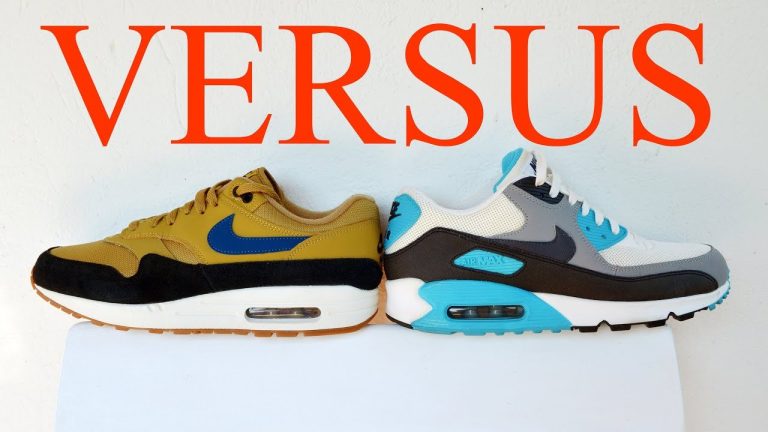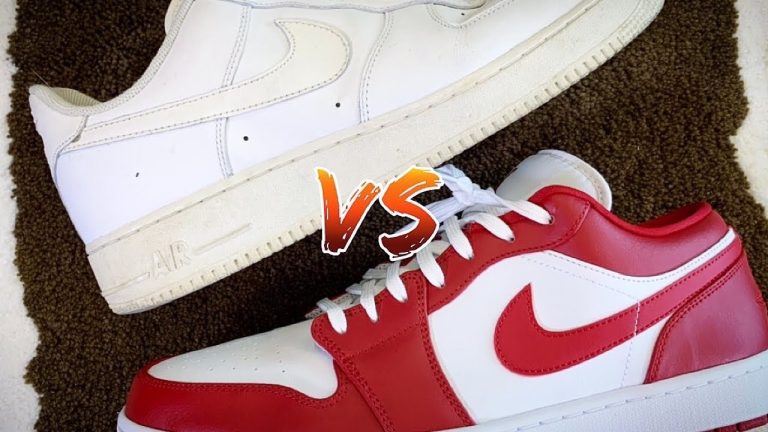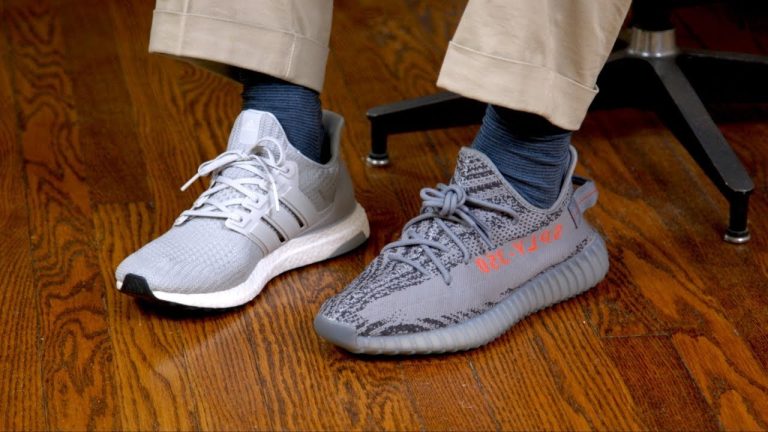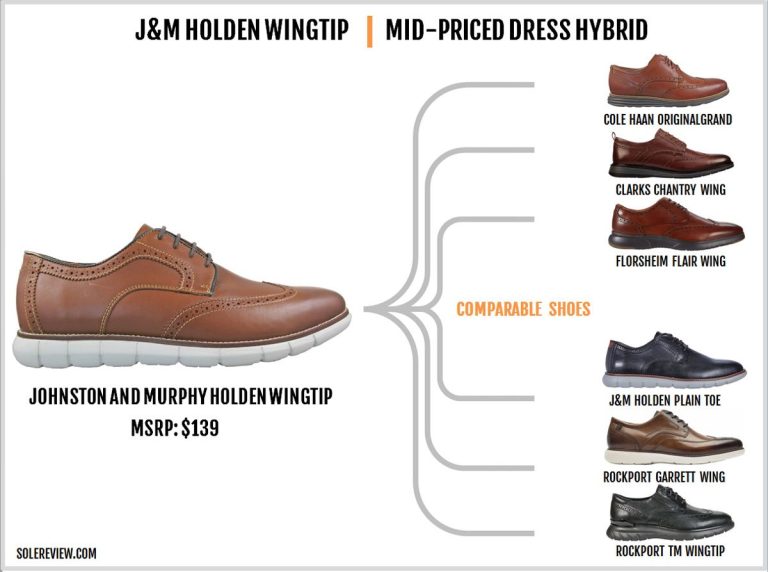Did you know that a half-size difference in shoes can make a world of difference in comfort? Whether you’ve experienced the slightly tight fit of a shoe or the annoying slippage caused by an oversized pair, finding the perfect fit is crucial. So, what’s the secret to nailing the ideal shoe size? In this article, we’ll delve into the intricacies of the difference in half shoe size and explore why it matters when it comes to your foot’s well-being. Get ready to take your shoe game to a whole new level of comfort!
Difference in Half Shoe Size
Understanding Half Shoe Sizes
When it comes to finding the perfect-fitting shoes, size matters. However, shoe sizes can sometimes be tricky, especially when you factor in half shoe sizes. Half shoe sizes are often introduced to provide a more precise fit for individuals who fall between two whole sizes. In this article, we will delve into the world of half shoe sizes, exploring their significance, how to measure for them, and tips for finding the right fit.
How Half Shoe Sizes are Determined
Half shoe sizes are typically designed to address the specific needs of individuals whose feet fall in between two whole sizes. While traditional shoe sizes are based on a scale determined by foot length, the introduction of half sizes enhances the options available to ensure a more comfortable fit. Half shoe sizes are most commonly used in athletic shoes and are denoted by adding a decimal point followed by a five (e.g., 8.5, 9.5, 10.5).
The Importance of Proper Fit
Finding the right shoe size is essential to overall foot health and comfort. Wearing ill-fitting shoes can lead to a variety of foot problems such as blisters, calluses, corns, and even more serious issues like bunions. Half shoe sizes provide an opportunity for individuals to find the perfect fit, accommodating slightly wider or narrower feet comfortably.
Measuring for Half Shoe Sizes
To determine your half shoe size, you can follow these simple steps:
- Start by placing a piece of paper on the ground and standing on it.
- Using a pen or pencil, trace the outline of your foot.
- Measure the length of your foot from the heel to the longest toe using a ruler or tape measure.
- Compare your foot length to a shoe size chart that includes half sizes to find the most appropriate fit.
Taking accurate measurements is crucial to ensure the best fit, especially when considering half shoe sizes.
Benefits of Half Shoe Sizes
The availability of half shoe sizes offers several advantages for those individuals who find themselves between two whole sizes. Some benefits include:
- A more precise fit for individuals with slightly wider or narrower feet
- Increased comfort and reduced chance of foot-related issues
- Improved overall foot and gait alignment
Finding the Right Half Shoe Size Fit
When it comes to finding the perfect-fitting shoe, there are a few factors to consider:
Foot Shape
Every individual’s foot shape is unique, and understanding your foot’s characteristics can help guide you in finding the right shoe size. Consider factors such as arch height, toe shape, foot width, and any specific foot conditions or issues.
Shoe Type
Different shoe types may have variations in sizing. Athletic shoes, for example, may have a different fit compared to dress shoes. It is essential to consider the intended purpose of the shoes and any specific requirements such as extra toe room or arch support.
Try Before You Buy
To ensure the best fit, it is always recommended to try on shoes before making a purchase. Visiting a local shoe store and working with an experienced salesperson can provide valuable insights and assistance in finding the right half shoe size.
Consider Socks and Insoles
Wearing the same type of socks or insoles that you plan to use with the shoes during the fitting process can help you assess the true fit. Thick socks, for example, may require a slightly larger half shoe size compared to thin socks.
Online Shopping Considerations
If you opt for online shoe shopping, it is crucial to review the retailer’s return policy and ensure they offer free returns or exchanges. This will allow you to try on different half shoe sizes and return or exchange them hassle-free if needed.
Caring for Your Half Shoes
Once you’ve found the perfect pair of shoes in your half size, it’s essential to take care of them properly to maximize their lifespan. Here are a few tips to keep in mind:
Regular Cleaning
Clean your shoes regularly, following the manufacturer’s instructions. This will help remove dirt, dust, and stains and keep them looking fresh.
Proper Storage
Store your shoes in a cool, dry place away from direct sunlight to prevent damage and discoloration. Using shoe trees or stuffing them with tissue paper can help maintain their shape.
Rotate Your Shoes
Avoid wearing the same pair of shoes every day. Rotating your shoes allows them to air out and reduces wear and tear, ultimately prolonging their lifespan.
Addressing Wear and Tear
If you notice any signs of wear and tear, such as loose stitching or worn-out soles, address them promptly. Taking care of minor issues early on can prevent further damage and extend the life of your shoes.
Half shoe sizes provide an excellent solution for individuals who don’t fit neatly into whole shoe sizes. By offering a more precise fit, they ensure enhanced comfort, foot health, and overall satisfaction. Remember to measure your feet accurately, consider your foot shape and shoe type, and try on shoes before making a purchase. With these tips in mind, you’ll be well on your way to finding the perfect pair of shoes in your ideal half size.
Thank you for reading our comprehensive guide on the difference in half shoe sizes. We hope you found it informative and helpful in your quest for the perfect fit.
How Shoes SHOULD Fit (Try This Test!)
Frequently Asked Questions
What is the difference between half shoe sizes?
The difference between half shoe sizes is typically around 1/6th of an inch or 4 millimeters in length. This difference is primarily found in the width of the shoe rather than the length. Half sizes provide a more precise fit option for individuals who may not comfortably fit into either the whole size below or above their measurement.
Why are there half sizes in shoes?
Half sizes in shoes are available to provide a more accurate fit for individuals who have measurements that fall in between the whole sizes. They allow for better customization and comfort, as they account for slight variations in foot size and shape. Having half sizes available increases the chances of finding the perfect fit.
Should I go up or down a half size?
Deciding whether to go up or down a half size depends on the specific fit of the shoe and your personal comfort. If a shoe feels too tight or constricting in your usual size, going up a half size may provide more room and alleviate discomfort. Conversely, if a shoe feels loose or causes your foot to slide, opting for a half size down could offer a snugger fit.
Can I wear a half size smaller shoe?
While it’s generally recommended to wear shoes that fit properly, there may be instances where wearing a half size smaller shoe is still comfortable and feasible. However, it’s important to note that wearing shoes that are too small can lead to foot conditions such as blisters, bunions, or pressure-related discomfort. It’s advisable to try on both the half size smaller and your usual size to determine the best fit.
Are half sizes available in all shoe styles?
Although half sizes are commonly available in various shoe styles, it may vary depending on the brand, design, and specific shoe model. Some brands may offer half sizes across their entire range, while others may have limited options. It’s recommended to check with the retailer or brand’s sizing chart to confirm the availability of half sizes for the specific shoe style you are interested in.
Do half sizes cost more than whole sizes?
In most cases, half sizes do not cost more than whole sizes. The pricing of shoes typically revolves around the design, materials used, and brand, rather than the size. Therefore, whether you choose a whole size or a half size, the price remains the same. It’s always a good idea to check the price at the point of purchase to confirm.
Final Thoughts
In conclusion, the difference in half shoe size is a crucial factor to consider when purchasing footwear. It plays a significant role in ensuring comfort and proper fit for individuals. Being aware of this variation allows customers to make informed decisions and select the appropriate shoe size that will provide optimal support and prevent discomfort. Considering the difference in half shoe size can prevent potential foot issues and enhance overall foot health. Therefore, understanding and addressing this aspect is essential for a satisfying and comfortable shoe shopping experience.






